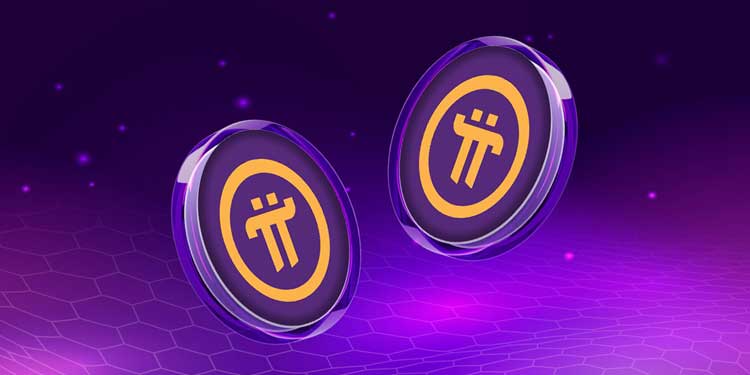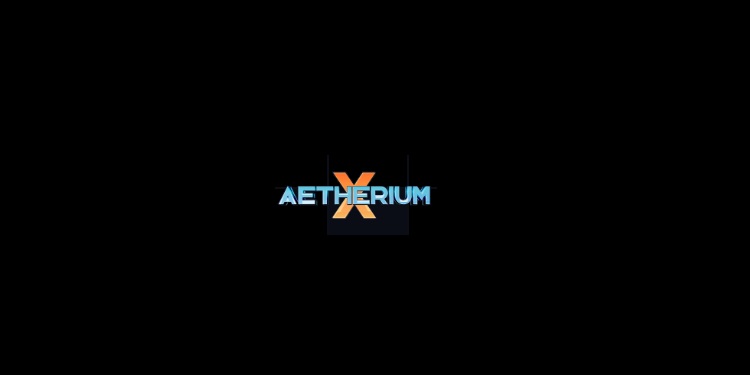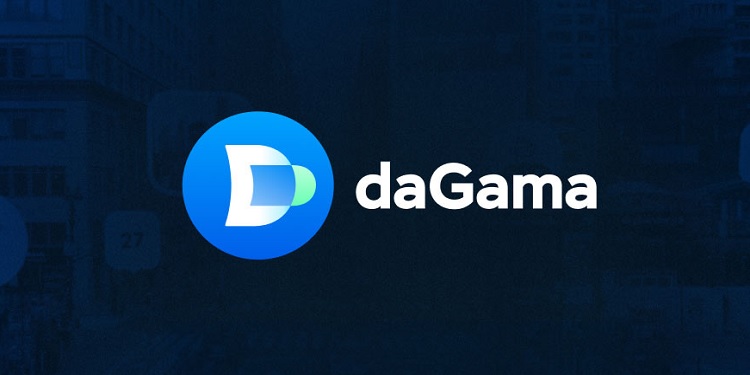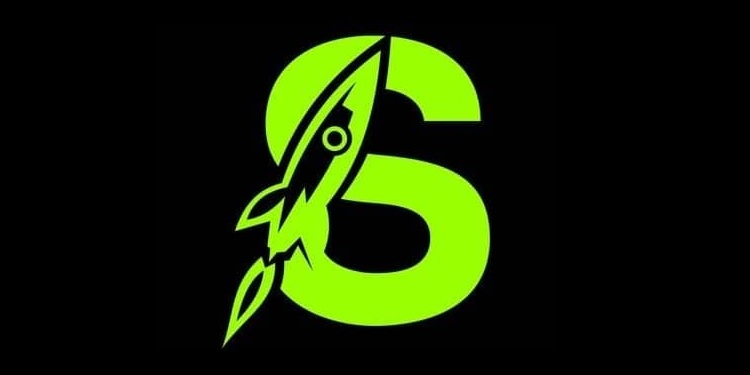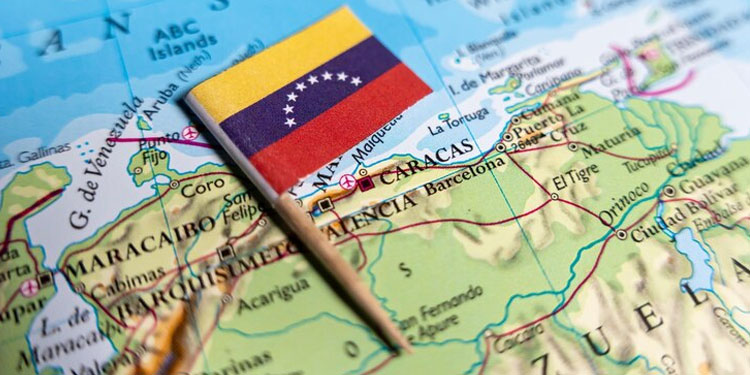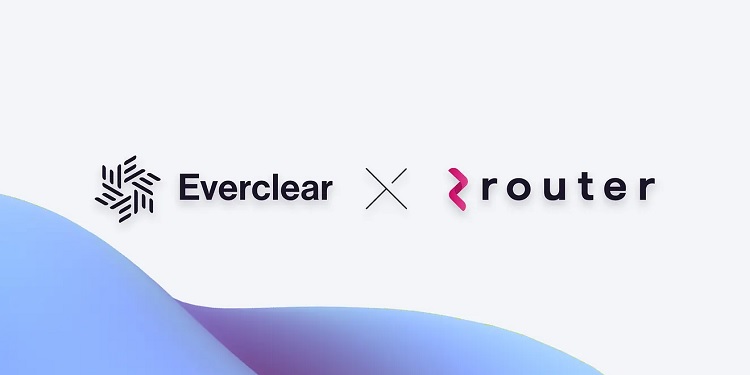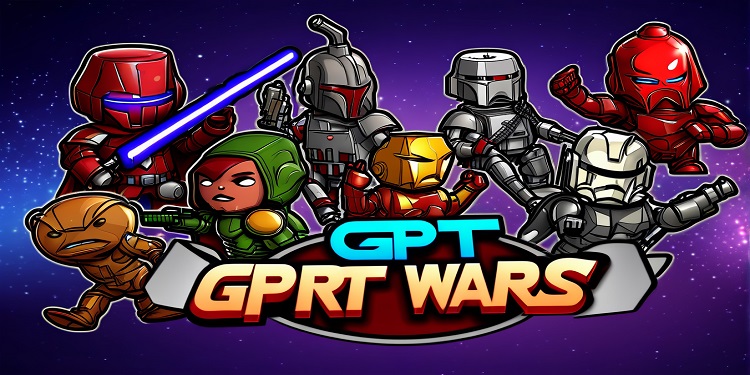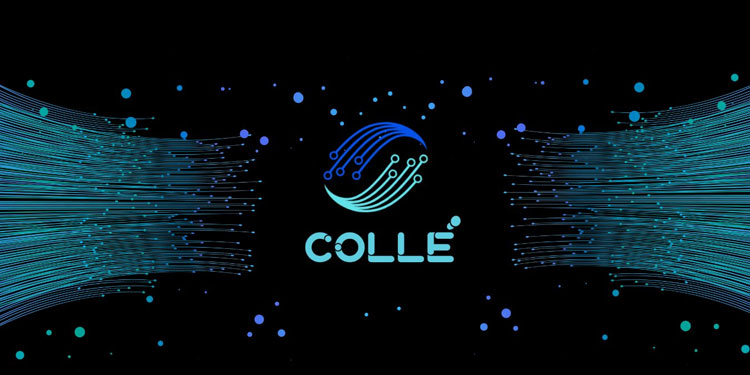A growing wave of concern is building within the Pi Network community following revelations that over 276 million Pi coins are currently held in the network’s foundation wallet. The issue has sparked debates over decentralization, token control, and transparency within one of the world’s most widely discussed Web3 projects.
🪙 Where Are the Coins?
According to on-chain data released by third-party Pi Network explorers, a single foundation-controlled wallet currently holds approximately 276 million PI, which represents a significant percentage of the project’s total mined supply.
Pi users, many of whom have been mining since 2019 using the Pi mobile app, are questioning:
- Who controls the wallet’s private keys?
- What is the purpose of holding such a large share?
- Will these coins ever be introduced into circulation?
💬 Community Concerns Mount
Many longtime Pioneers took to Reddit, Discord, and X (formerly Twitter) to express frustration and demand transparency from the core team.
One user wrote on the official Pi subreddit.
I’ve been mining Pi for 4 years and haven’t been able to move it. Meanwhile, the dev wallet sits on hundreds of millions of coins?
Others argue that the locked foundation wallet is a necessary safeguard for future network development and ecosystem funding.
🔐 What the Pi Core Team Says
The Pi Core Team has not released an official statement regarding the current wallet holdings. However, past communications suggest that the foundation wallet is intended to:
Fund ecosystem tools, grants, and developer bounties
Support node rewards and infrastructure
Remain locked until full mainnet deployment and KYC rollout
Still, the lack of a public unlock schedule, governance oversight, or regular reporting has fueled speculation.
🧭 Is This a Red Flag?
Not necessarily. Many blockchain projects, including Ethereum and Solana, have foundation reserves—but they typically include public timelines, multi-sig access disclosures, or community oversight mechanisms.
Critics argue that Pi Network’s closed-source status and lack of token liquidity raise additional concerns.
One Pi validator on Discord asked,
If the foundation controls most of the supply, and there’s no market yet, how can we call it decentralized?
🔎 Looking Ahead
As Pi Network approaches a potential full mainnet launch, the pressure to increase financial transparency and community governance will only grow.
With millions of users worldwide and growing demand for real-world utility, the way Pi Network handles its foundation reserves could be the deciding factor in whether it becomes the next major Web3 ecosystem or joins the long list of stalled crypto experiments.
📢 Final Thoughts
The Pi community isn’t just asking about coins—they’re asking about trust. Whether the core team responds clearly and publicly may shape Pi’s future far more than any technical milestone.
Stay tuned to CoinTrust as we continue monitoring this developing story. https://www.cointrust.com/sitemap

